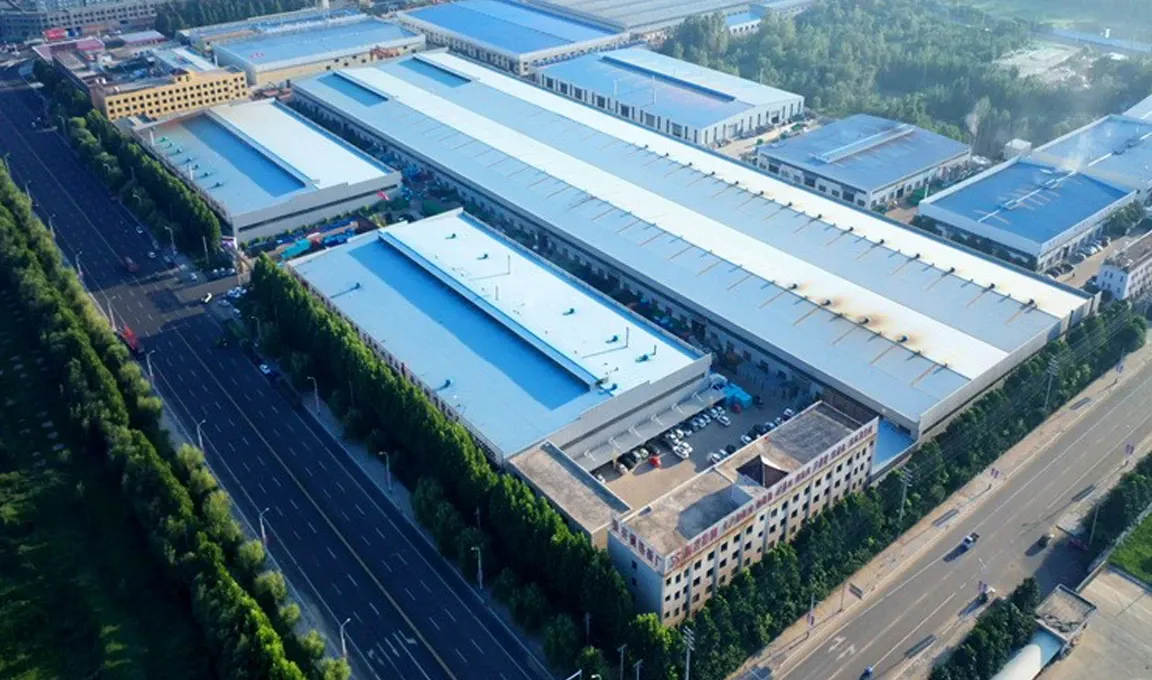Understanding Sound Block Barrier The Shield Against Noise Pollution
In today’s fast-paced urban environments, noise pollution has become an increasingly pressing issue. The incessant hum of traffic, construction noises, and bustling crowds contribute to elevated stress levels and a diminished quality of life for many people. To combat this, sound block barriers—commonly known simply as noise barriers—have been implemented in various locations to effectively reduce sound transmission and create a more peaceful atmosphere.
What is a Sound Block Barrier?
Sound block barriers are structures designed to protect sensitive areas from the intrusive sounds produced by roadways, railways, and industrial sites. These barriers can be constructed from a variety of materials, including concrete, wood, metal, and even earth, and they work by blocking, reflecting, or absorbing sound waves before they reach residential or quiet zones. The primary goal is to lower the noise levels to a more acceptable range and enhance the overall quality of life for nearby inhabitants.
How Do They Work?
The effectiveness of sound block barriers depends on several factors, including their height, length, density, and distance from the noise source. Generally, a taller barrier with a larger surface area will create a more significant reduction in noise levels. When sound waves encounter a barrier, they can be reflected back towards the source, absorbed by the material, or diffracted (bent) over the top. The design of the barrier—especially its height and thickness—plays a crucial role in determining how much sound is mitigated.
For instance, a solid concrete wall is highly effective at blocking sound because it is dense and rigid, whereas a wooden barrier may absorb more sound due to its fibrous nature but may not be as effective in complex environments. Additionally, vegetation planted alongside or atop the barriers can enhance their effectiveness, as plants absorb sound and can further mitigate noise.
The Benefits of Sound Barriers
sound block barrier

The implementation of sound block barriers has numerous benefits. First and foremost, they are essential for protecting the health and well-being of individuals living near noise sources. Prolonged exposure to high noise levels is linked to various health issues, including stress, sleep disturbances, and cardiovascular problems. By reducing noise pollution, these barriers contribute to a healthier community.
Moreover, sound barriers can also enhance property values. Homes located near busy highways or railroads may suffer from decreased marketability due to the inconvenience of noise. However, with the installation of sound block barriers, properties become more appealing as the disturbance is significantly reduced.
Furthermore, sound barriers contribute to the overall environmental quality of an area. By mitigating noise pollution, they help preserve local ecosystems and promote biodiversity. Wildlife, which is often sensitive to sound, may thrive better in quieter areas, leading to healthier habitats and ecosystems.
Challenges and Considerations
Despite the numerous benefits, there are challenges associated with the installation of sound barriers. Financing can be a significant hurdle, as public funding might be limited. Moreover, barriers need to be strategically placed to maximize effectiveness, which can sometimes conflict with land use and urban planning requirements.
Additionally, stakeholders must balance aesthetically pleasing designs with functional requirements. While concrete walls may be effective, they can also be visually unappealing, leading to public opposition. Innovative designs that incorporate natural elements or artistic components can help address these concerns, transforming barriers from mere structures into features that enhance the landscape.
Conclusion
Sound block barriers represent a critical solution to the growing problem of noise pollution in urban environments. By effectively mitigating unwanted sound, they protect public health, enhance property values, and contribute to ecological well-being. As communities continue to grapple with the impacts of urbanization, the importance and implementation of sound block barriers will undoubtedly grow, paving the way for quieter, more harmonious living spaces.
-
Why Galvanized Trench Cover Steel Grating Resists Corrosion
NewsJul.10,2025
-
The Versatility and Strength of Stainless Expanded Metal Mesh
NewsJul.10,2025
-
Load Calculations in Steel Grating Platforms
NewsJul.10,2025
-
Keeping Pets and Kids Safe with Chicken Wire Deck Railing
NewsJul.10,2025
-
Hole Diameter and Pitch for Round Perforated Metal Sheets
NewsJul.10,2025
-
Aluminium Diamond Mesh in Modern Architecture
NewsJul.10,2025
Subscribe now!
Stay up to date with the latest on Fry Steeland industry news.

